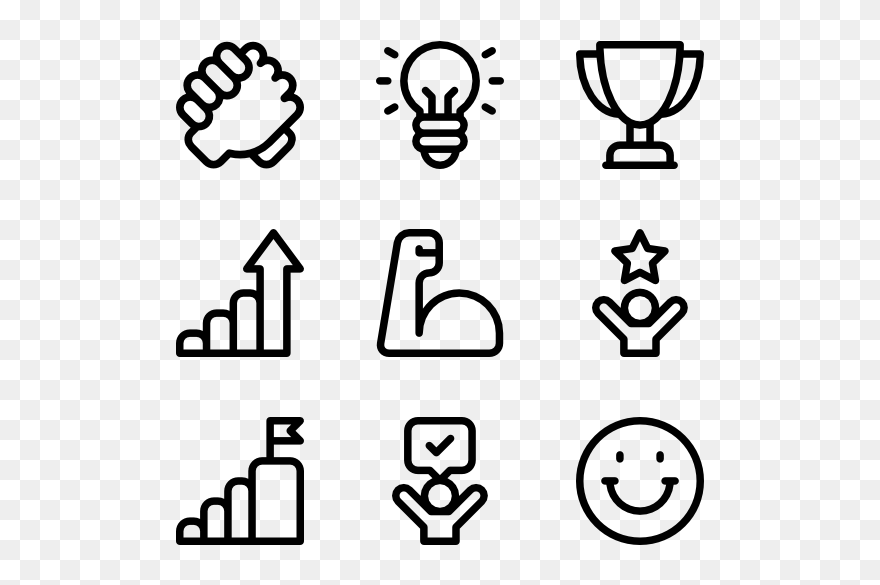Mastering Competitive Analysis: A Strategic Guide to Business Success
In today's dynamic marketplace, a comprehensive competitive analysis is no longer optional—it's essential for sustainable business growth. By dissecting your competitors' strategies, identifying their strengths and weaknesses, and understanding their market positioning, you can make informed decisions that propel your business forward. This in-depth guide explores fifteen crucial aspects of competitive analysis, providing practical examples to illuminate each point.
1. Identifying Your Direct Competitors: Defining the Playing Field
Begin by meticulously identifying your primary competitors. These are the businesses directly vying for the same customer base with similar products or services. A precise understanding of this landscape is foundational to effective analysis.
Example: A new craft brewery's direct competitors would be other local breweries offering comparable styles and price points, not national beer distributors.
2. Deciphering Market Positioning: Understanding Your Competitors' Value Proposition
Analyze how your competitors present themselves to the market. What unique value do they promise to customers? Understanding their positioning allows you to identify opportunities for differentiation and uncover unmet customer needs.
Example: One brewery might emphasize its locally-sourced ingredients and sustainable practices, while another focuses on creating innovative, experimental beer styles.
3. Analyzing Pricing Strategies: Finding Your Competitive Sweet Spot
Carefully compare the pricing models of your competitors. Are they premium brands, budget-friendly options, or somewhere in between? This analysis informs your own pricing strategy and helps you determine your competitive advantage.
Example: A brewery might price its flagship beers competitively while charging a premium for limited-release, high-demand brews.
4. Evaluating Marketing and Advertising Efforts: Understanding the Competitive Communication Landscape
Examine your competitors' marketing and advertising tactics across various channels. Are they heavily invested in social media, digital advertising, traditional media, or a combination? Analyze their messaging and target audience.
Example: One brewery may focus on social media engagement and local partnerships, while another utilizes targeted online advertising and sponsors local events.
5. Leveraging Customer Feedback: Gaining Insights from the Customer Voice
Thoroughly analyze customer reviews and feedback about your competitors. What aspects of their products, services, and overall experience do customers praise or criticize? This invaluable insight helps identify areas for improvement in your own offerings.
Example: Customer reviews may reveal that one brewery's taproom atmosphere is highly rated, while another struggles with inconsistent service.
6. Examining Online Presence: Evaluating Digital Strategies
Scrutinize your competitors' websites, social media profiles, and other online platforms. Assess their user experience, content quality, and overall online brand presentation. This reveals opportunities to improve your digital marketing and enhance customer engagement.
Example: A brewery with a well-designed website, engaging social media presence, and informative blog posts can attract customers through a strong online brand identity.
7. Assessing Product/Service Quality: Defining Your Quality Benchmark
Evaluate the quality of your competitors' products or services. Are they known for consistency, innovation, or superior customer support? This helps you establish realistic quality benchmarks and identify opportunities to exceed expectations.
Example: A brewery consistently producing high-quality beer with a focus on brewing techniques and ingredient selection will build a reputation for excellence.
8. Analyzing the Customer Base: Understanding Your Target Audience
Identify the demographics and psychographics of your competitors' customer base. Understanding their target audience reveals opportunities to target specific niches or expand your reach to underserved segments.
Example: One brewery might attract a younger crowd with its trendy taproom and craft cocktails, while another appeals to a more mature demographic with a focus on traditional brewing styles.
9. Identifying Market Gaps: Finding Unmet Needs and Opportunities
Look for areas where your competitors fall short or fail to meet customer needs. These gaps present significant opportunities to differentiate your business and capture market share.
Example: If no local breweries offer gluten-free options, this presents a considerable opportunity to attract a specific customer segment.
10. Staying Ahead of the Curve: Monitoring Industry Trends
Continuously monitor industry trends and emerging technologies. Adapting to change allows you to proactively adjust your strategy and stay ahead of the competition.
Example: Staying informed about growing trends in sustainable brewing practices can inform decisions about sourcing and production processes.
11. Monitoring Social Media Engagement: Analyzing Customer Interactions
Observe how your competitors engage with their customers on social media platforms. Their strategies offer insights into best practices and opportunities to improve your own social media presence.
Example: Observing competitor's use of interactive polls, contests, and Q&A sessions on social media can inspire similar strategies to build community and foster loyalty.
12. Networking and Learning: Attending Industry Events
Attend industry events and conferences to network with peers and experts. This allows you to gather crucial insights and stay informed about the latest developments.
Example: Attending brewery conferences provides opportunities to learn about new brewing techniques, connect with suppliers, and gain valuable industry knowledge.
13. Benchmarking Against Leaders: Setting High Standards
Identify industry leaders and benchmark your performance against their key metrics. Learn from their best practices and use their success as inspiration to enhance your own operational efficiency and strategic decision-making.
Example: Analyzing the market share, customer loyalty programs, and operational efficiency of a successful national brewery can provide insights into best practices for scaling and growth.
14. Adapting and Innovating: Staying Agile and Responsive
Based on your analysis, adapt your strategies and innovate your offerings to meet evolving market demands and customer preferences. Embrace a culture of continuous improvement and responsiveness.
Example: If consumer demand shifts toward healthier alcoholic beverages, a brewery might introduce low-calorie or organic beers to capitalize on this trend.
15. Continuous Monitoring and Updates: Staying Ahead of the Game
The competitive landscape is constantly shifting. Regularly update your competitive analysis to maintain a clear understanding of the evolving market dynamics and adapt accordingly. Make it a regular part of your strategic planning process.
Example: Schedule quarterly reviews of your competitive analysis to ensure your strategies remain relevant and competitive.
In summary, a robust competitive analysis is crucial for business success. By consistently analyzing your competitors and understanding market trends, you can strategically position your business for sustainable growth and profitability. Embrace the power of data-driven insights and use them to cultivate a thriving enterprise.
```





